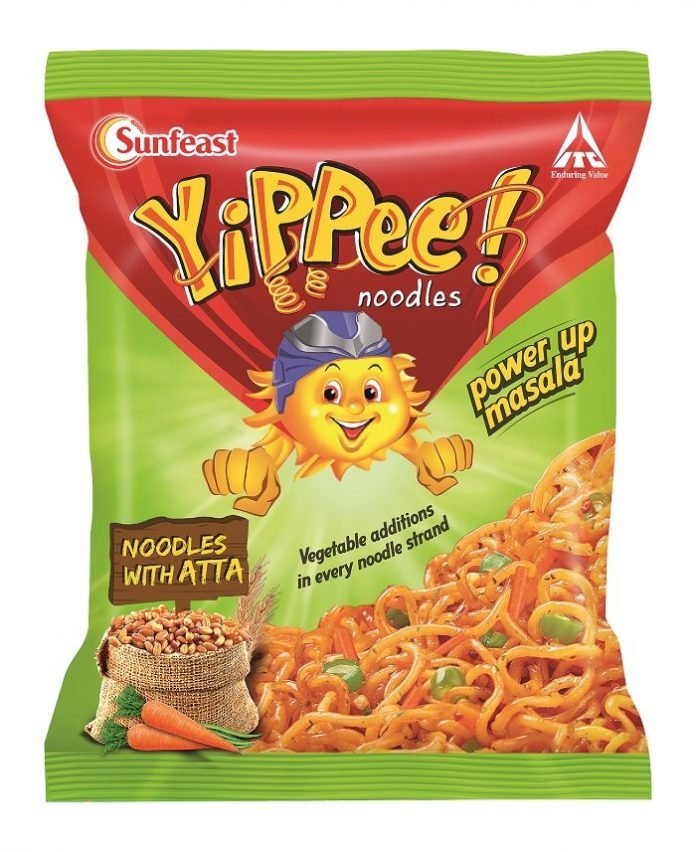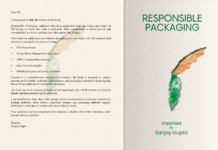There seems to be a trend emerging where consumers focus on healthy eating and leading
healthier lifestyles. Consumers are seeking food that is good for their health, locally sourced and minimally processed. But healthy is no longer niche; it is mainstream now. More and more people are keeping a close watch on what they are eating, looking for labels like “all natural” or “high in fiber” and are willing to pay a little extra for things which help them choose a healthier lifestyle
Keeping up with the trend, several food brands are introducing newer products to encourage a healthier diet. Here’s my take on the points to ponder while appealing to the health-conscious consumer.
1. Targeting the right consumer
One of the foremost things that the company should do is to identify very clearly whom they are targeting. The NCBI defines health conscious as individuals who lead a “wellness-oriented” lifestyle and are concerned with nutrition, fitness, stress, and their environment. They accept responsibility for their health and are excellent customers for health-related products and services. But there are various shades to the health conscious and you need to be sensitive to their attitudes depending on whom you are targeting.
2. Taste uncompromised
Though it may seem that consumers will just fall for anything healthy, it is really not so. We should not forget that taste is still the number one consideration while buying into any food product. Many brands like Marico’s Saffola Zest or Parle’s Monaco Smart Chips and Pepsico’s Aliva had to be withdrawn from the market as they were too healthy for the consumers. If your proposition is health, do not commit the blunder of missing out on the yumminess and taste factor.
3. Transparent and true
Remember that your consumers, especially the millennial, are digital natives and have instant access to information. They can research any term they have the slightest doubt about. In case they feel their trust is broken by a brand, they will do enough so that the news spreads like forest fire over social media. Make sure that the claims, however tall, you make on the face of the pack can be justified with your nutritional panel on the BOP. Do not label your product as “No MSG” unless you are sure about it. Make sure your product is compatible with the latest food norms of the country.
4. Don’t overdo it
Health products can be classified into various types and you should know what exactly your brand caters to. Most probably, your brand will be falling in the fastest growing BFY category.
Make sure your brand language and packaging stays true to that category. A fortified product has a different story to say versus a naturally healthy product like Tropicana 100% juice. In your attempt to make it look healthy, do not overdo or overpromise, lest your consumers get confused.
5. Health and happiness
As mentioned before, there are different shades to the health-conscious audience. Staying healthy and fit is up on the charts for some and is also the cause of trauma for some others Try and tie health with overall wellbeing and hence happiness. Support the consumer in their efforts of leading a healthier lifestyle.
I remember a case where Sunfeast Yippee noodles was intending to launch an atta-based healthier variant, which would be priced at around 20% premium taking the competition straight to market leader Nestle’s Maggi and Patanjali noodles. This was a category, which was trying to recover from the FSSAI crackdown on Maggi in 2015, post which the entire instant food category had literally vanished, overnight.
In June last year, when Maggi went off shelves, I had said that The Love for Maggi will never cease because Maggi always had a loyal set of consumers, and surprisingly among the health conscious also, who don’t mind giving in to the taste once a while. As an advantage, Yippee had gained a significant ground, capturing almost 30% market share. After its re-launch, Maggi continues to dominate more than half of the Rs. 2,000 crore noodles market.
 Maggi itself has three variants targeted at the health-conscious audience. There is a Maggi Veg Atta Noodles, which talks about the goodness of real vegetables and wheat grain, which are the source of fiber. There is Maggi Oats Noodles, which positions itself as a new and exciting way of enjoying oats and claims that it has fiber equivalent to one bowl of oats. On the other hand, there is Maggi Veg Multigrainz Noodles, which offers the multi-goodness of ragi, corn, jowar and wheat and hence is a source of protein, calcium and fibre. It is interesting to see the special mention of a delicious “Spice remix” tastemaker on this pack, where Nestle is making a greater push on taste, when the product itself sounds too healthy.
Maggi itself has three variants targeted at the health-conscious audience. There is a Maggi Veg Atta Noodles, which talks about the goodness of real vegetables and wheat grain, which are the source of fiber. There is Maggi Oats Noodles, which positions itself as a new and exciting way of enjoying oats and claims that it has fiber equivalent to one bowl of oats. On the other hand, there is Maggi Veg Multigrainz Noodles, which offers the multi-goodness of ragi, corn, jowar and wheat and hence is a source of protein, calcium and fibre. It is interesting to see the special mention of a delicious “Spice remix” tastemaker on this pack, where Nestle is making a greater push on taste, when the product itself sounds too healthy.
After studying a few more players in the market like Top Ramen, Foodles, etc., we figured that most healthy noodles are playing in the fitness and strength factor. The packaging design mostly highlights the ingredient story to validate the authenticity of the health claims being made.
We decided to take a slightly different approach. Instead of just depicting the feature (ingredient rich) story, we took a more benefit driven story—‘Activate your mind and body’ being the core proposition. The variant itself was called Power Up Masala. We explored a superpower design route, where the story was that the pack is powered with so much goodness that it can provide you with super powers just like your favourite super hero.
To make this new variant stand out amongst the rest of the Sunfeast Yippee noodle variants, the visual architecture was tweaked slightly. While the top half of the pack behind the Yippee logo was still red, it was now formed out of the cape of the brand mascot, Sunny, who was the center of attraction of the pack, in his super hero pose. Sunny, being the mascot, had to live up to the brand-offering concept here. The variant color chosen was green, which connotes freshness and health.
Saswata Das, partner and executive director at WOW Design, is an expert in Marketing and Design Strategy and has over a decade’s experience of nurturing brands and helping them grow.












